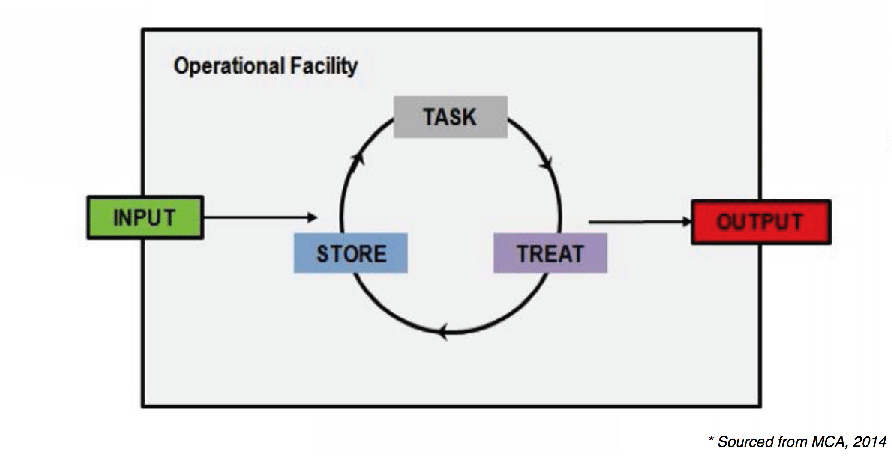Applications








OPSIM can be used for:
OPSIM can also be applied in agricultural and recreational settings to help to optimise these systems.
It can be used to:
OPSIM can be used to:
OPSIM is interested in supporting research and development efforts and new or novel water treatment systems can be added to OPSIM to tailor a model to specific projects requirements.
OPSIM can be used to:

OPSIM also implements Water Accounting Framework (WAF) with the WAF Extension. Capabilities include the operational efficiency and performance reporting of a modelled water management system. This is undertaken through the assignment of water quality based categories to the various inflow streams to the tasks. Assessment of operational efficiencies is made by tracking water category flow volumes through the course of simulation. Reporting includes comprehensive account of all water inventories entering, leaving and retained within each task of the water management system under assessment.
OPSIM can play a critical role in the environmental planning and management of water resources in a project. Watch this space for further case studies to see how you could use this product to find innovative solutions to water system requirements.
OPSIM can be used to:
OPSIM can play a critical role in real-time water system management and improve the quality and availability of data to improve decision making. Watch this space for further case studies, to see how you could use this product to find innovative solutions to water system requirements.